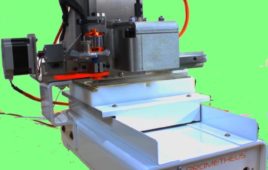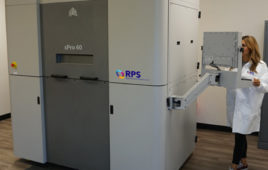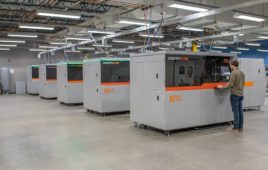|
Joanna McKittrick and Marc Meyers, from the materials science program at the Jacobs School of Engineering at UC San Diego, examine the three characteristics in a wide range of materials, from spider silk, to lobster and abalone shells, to toucan beaks and porcupine quills. Lessons learned from these materials could lead to better body armor, lighter aircraft and stronger, more flexible materials, researchers said. Read the full story here. An abalone shell is made of thousands of layers of “tiles” made of calcium carbonate (more commonly known as chalk). A key to the strength of the abalone shell is a protein adhesive that binds to the top and bottom surfaces of the calcium carbonate tiles. The glue is strong enough to hold layers of tiles firmly together, but weak enough to permit the layers to slip apart, absorbing the energy of a heavy blow in the process. This pictures shows the tiles under various degrees of magnification. Credit: Marc Meyers and Joanna McKittrick/Jacobs School of Engineering at UC San Diego |
| The interior of the toucan’s beak is rigid “foam” made of bony fibers and drum-like membranes sandwiched between outer layers of keratin, the protein that makes up fingernails, hair and horn. The result is solid “foam” made of air-tight cells that gives the beak additional rigidity. Like a house covered by a shingled roof, the foam is covered with overlapping keratin tiles, each about 50 micrometers in diameter and 1 micrometer thick, which are glued together to produce sheets.
Credit: Marc Meyers/Jacobs School of Engineering, UC San Diego |
| The longhorn cowfish, from the boxfish family, can be found in tropical and subtropical waters in the Pacific and Atlantic oceans. Its shell is a good example of a material that is both light and tough. It is made of mineralized scales that do not overlap and are held together by zipper-like connections. The scales rest on a bed of fibers that imparts flexibility to the fish’s carapace. These gold-on-black images were taken with micro-computed tomography.
Credit: Joanna McKittrick/Marc Meyers/Jacobs School of Engineering, UC San Diego |
Filed Under: Rapid prototyping




